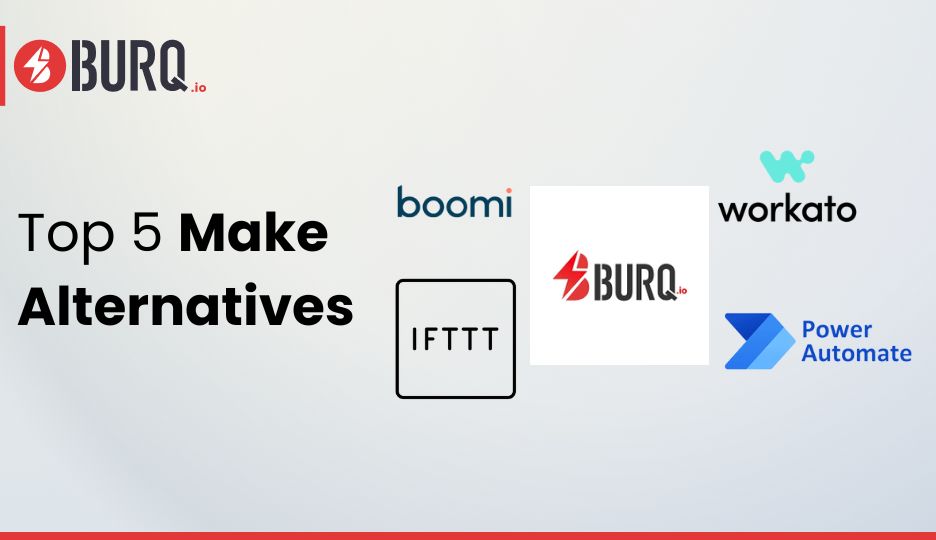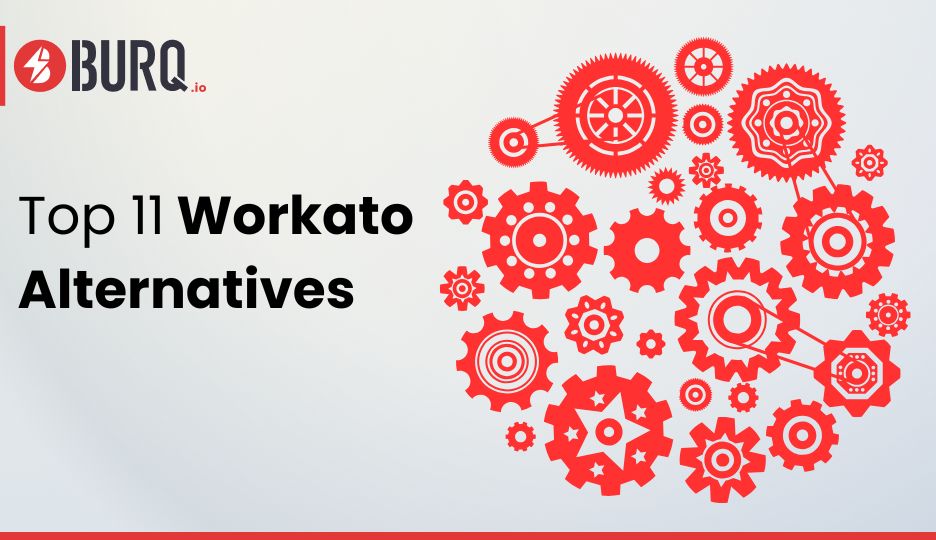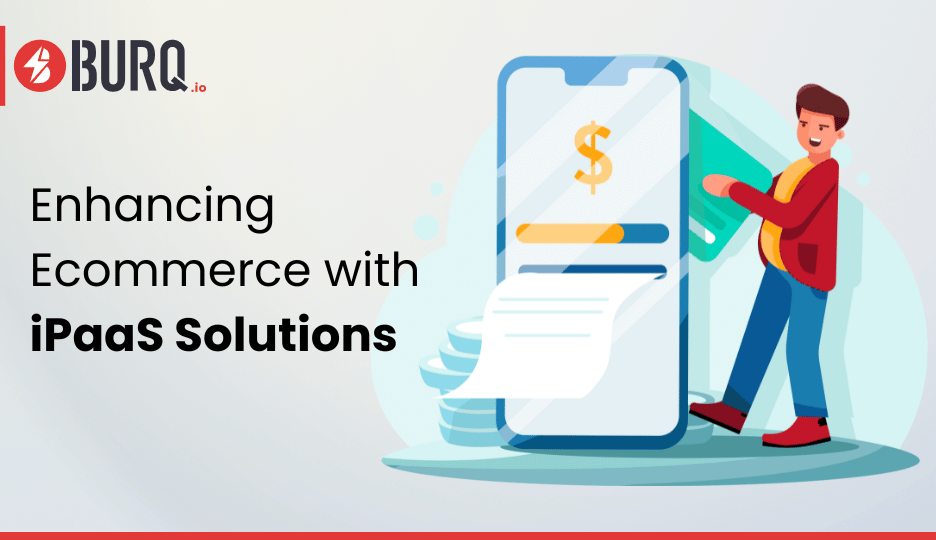A cloud-based development tool called Platform as a Service (PaaS) has quickly become increasingly popular in recent years as subscription software solutions had proliferated.
PaaS enables customers to access essential infrastructure like space and servers without having to buy and/or maintain them with their own money and resources. Users can purchase the required resources from cloud-based providers.
However, how does it stack up against the Integration Platform as a Service (iPaaS) model? That extra term, integration, signifies a specialization that makes the difference.
Here is a brief overview of the similarities and differences between the two as iPaaS vs PaaS.
iPaaS vs PaaS: Understanding Platform as a Service – PaaS
Because the cloud-based service provider handles the majority of the back-end administration labor, the PaaS environment appeals to customers in large part because they do not have to manage a variety of complicated licensing.
As a result of the “as-a-service” revolution, which has shifted a sizable portion of computing and growth to the cloud, PaaS has earned its position as a top product. Customers now have far greater freedom in the tools they could use thanks to this development.
In the era of COVID-19, this shift to more as-a-service products has further intensified as more businesses move their workforces to work remotely and learn, hastening the adoption of cloud-based technology.
In many instances, this safety-focused transition time has increased employee happiness and productivity noticeably. However, it has also increased the capacity demands on businesses. PaaS has been prepared to fill this gap and keep businesses of all sizes operating at full capacity.
Customers can benefit from the streamlining effect of PaaS, which is a crucial tool in this industry. By using it, customers can concentrate on the creation and advancement of software applications without possessing to make the necessary financial or operational commitments to the underlying infrastructure.
Because they offer a sizable portion of the tools required by developers, businesses like Amazon Web Services and Google have been established as some of the market leaders. PaaS also enables developers to control every stage of an application’s lifecycle from a single location. Testing, troubleshooting, and management may all be done in a single location.
Additionally, PaaS products enable multi-platform compatibility, which is a crucial, if not essential, aspect of these development tools in a setting where customers are signing in on a variety of devices, including mobile phones, computers, and video gaming consoles. By providing you with all of the tools you need to conduct “one-stop shopping” for all updates and support, PaaS aids users in avoiding any difficulties that may result from this.
iPaaS vs PaaS: Understanding Integration Platform as a Service – iPaaS
Similar to PaaS in some important respects, iPaaS is a service model.
The capacity to swiftly and effectively connect business operations is its key selling advantage, and it is stated in the name. Users do not need to be concerned with middleware or bespoke programming that is burdensome. iPaaS is the future of seamless integration for companies of all sizes as a result.
Traditional integration techniques need resources such as time, money, and a dedicated IT staff, but iPaaS has the capacity to do a lot of the grunt work for you while giving you peace of mind that integration efforts will go well. It is an advancement above traditional PaaS solutions in this regard. Users can customize their experience and have the freedom that PaaS entities sometimes lack with iPaaS.
Additionally, iPaaS subscriptions have a quick effect. When you subscribe, you can start using the service right away and become productive in hours or days rather than weeks or months after implementation. Adopting such a paradigm results in instantly apparent differences.
Most users believe that using iPaaS has helped them save money and time. For instance, as data is merged in real-time, app-to-app interaction is simplified, making batch data transfers obsolete.
iPaaS can also provide some headache relief outside of the IT sector. iPaaS helps you to update and connect existing systems and data while automatically maintaining things in compliance with the laws to which your business is subject if you work in a field with a lot of regulations, like finance or healthcare.
A purpose-fit expansion of the PaaS concept, iPaaS is the following (better) stage in the “as-a-service” revolution and can be extremely beneficial to a variety of enterprises.
iPaaS vs PaaS: The Next Generation of PaaS
Companies require cutting-edge platforms that can operate in both the cloud and legacy IT environments to break down barriers and accelerate the adoption of platform-as-a-service (PaaS), which in general enables:
- Utilizing heterogeneous behavioral and transactional data to enable more informed, data-driven decision-making
- Significant increases in productivity
- Modernizing business processes
- Developing applications with little friction will ultimately lead to success in a post-pandemic future.
iPaaS vs PaaS: The Next Generation of iPaaS
Integration has been a theoretical idea for a while. Every new era of business applications—Mainframe, Client/Server, ASP, SaaS, etc.—was accompanied by the appearance of a fresh set of integration technologies to link the new applications.
Infographic timeline tracing business integration’s development from its inception to the present day
As a result, the design methodology for the integration solutions ultimately has lagged behind the architecture of the applications that they were intended to integrate by one generation. In reaction to the initial generation of SaaS applications, the first generation of integration Platform as a Service solution, or iPaaS 1.0, was created.
Conclusive Thoughts!
The differences between iPaaS vs PaaS have been sufficiently covered in this article for readers to choose which approach is superior. By ensuring that apps function together, reducing manual processes, a lack of visibility, and expensive errors, a well-thought-out strategy backed by a reliable solution (PaaS or iPaaS) enables businesses to be more flexible in the constantly changing business environments.
Businesses that don’t embrace a strong, all-encompassing application strategy will fall behind those that do since automation is the way of the future.


